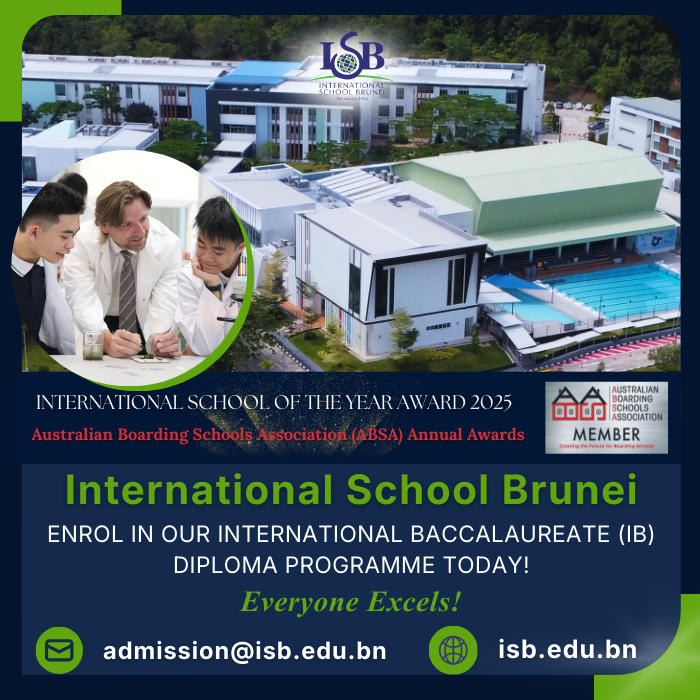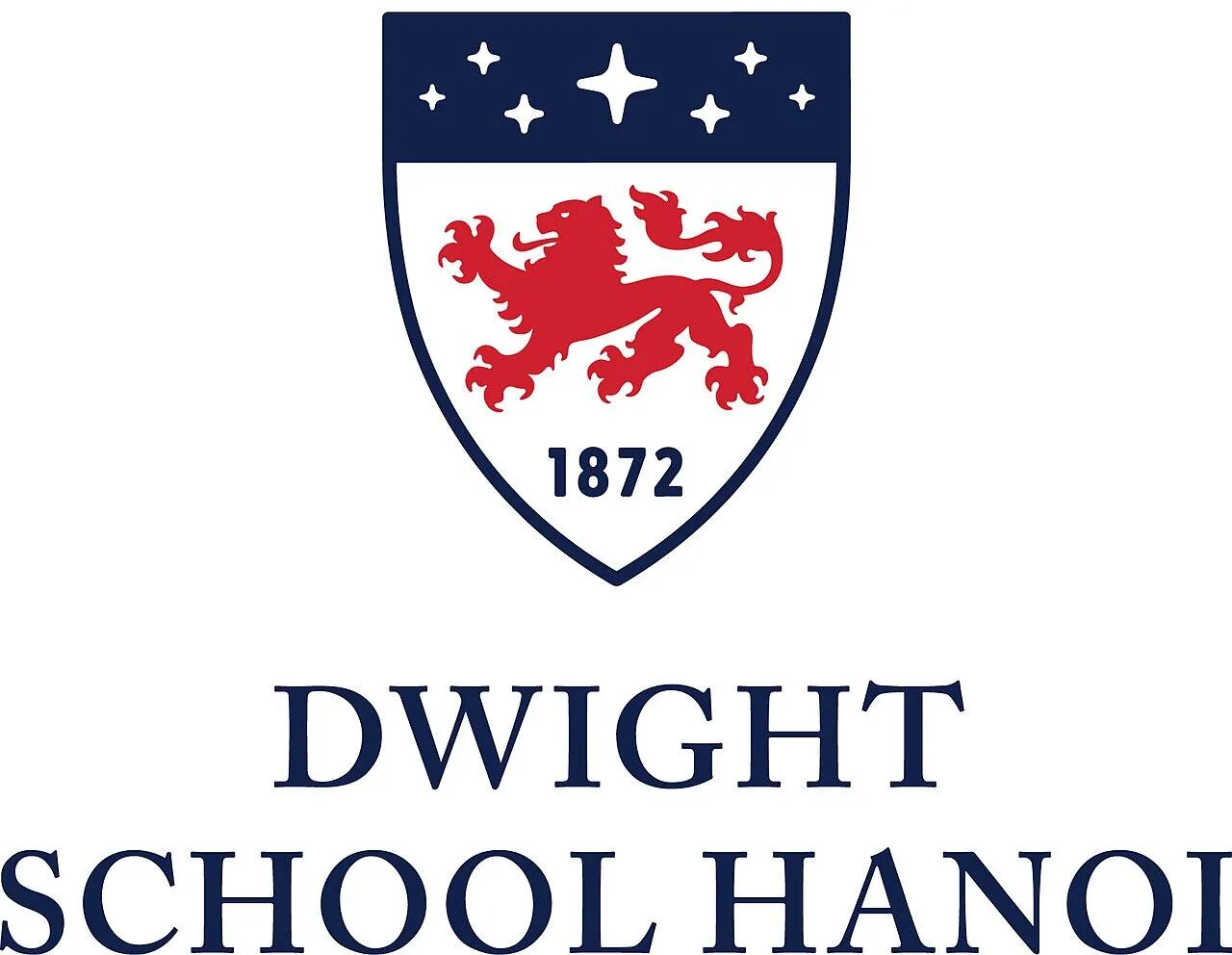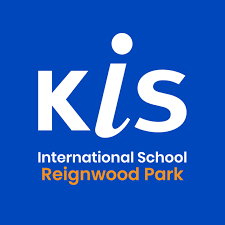Preschools and kindergartens in Singapore share a few similarities as both are under the pre-primary category and aim to promote school readiness in children. Recreational activities are common in preschool and kindergarten educational institutions, such as arts, crafts, dance, music and physical exercise.
Originating in the early 19th century, the kindergarten was an outgrowth of the ideologies and practices of Robert Owen and his pupil Friedrich Froebel who coined the term.
Both terms are similar, although there may be subtle differences in how each institution approaches educational milestones. While preschool is an introduction to school, almost centred entirely around playtime and listening to rules, kindergarten is more structured and takes a more direct approach to learning and meeting educational milestones.
Some states establish their education milestones to be ready for kindergarten. However, this is typically not the case for preschool entry requirements.
Conditions for Application
Children are usually enrolled at around four to five years old, with programmes that cater to three year olds. However, this is ultimately up to the decision of the parents.
Other factors remain a prerequisite as students under the age of three must show up to join preschool due to individualistic differences in emotional, social and physical growth. Some of those factors include basic self-independent skills, such as self-feeding, potty training, sleeping alone and such, physical stamina, comfortability with other people and conformity to standard schedules. Health factors, such as sensitivity to ear infections or bronchitis, are important factors to not miss when considering enrolment in preschool.
For enrolment into kindergarten, it is possible to register the student for the 2023 Kindergarten 1 (K1) admission to a MOE Kindergarten (MK) if they are either a Singaporean Citizen or a Permanent Resident born between 2 January 2018 and 1 January 2019. For MK applications, proof of citizenship and/or permanent residency is required.
However, for private institutions, parents can research on their own and organize tours for any additional inquiries. Privately owned preschools can develop their curricula and are also open to children of expatriates. Preschool graduates generally transfer to international schools for primary education and further from that point.
As of the moment of writing, online registration for the 2023 K1 admissions has closed. It is possible to arrange enrolment details both online and face-to-face for private and government institutions.
Curricula
MK institutions offer two core programmes under preschool education – the Hi-Light Programme and the Starlight Literacy Programme. The Hi-Light Programme focuses on development in six key areas: Aesthetics and Creative Expression, Discovery of the World, Language and Literacy, Motor Skills Development, Numeracy and Social and Emotional Development. The Starlight Literacy Programme focuses on supplementing and developing linguistic abilities in English and the mother tongue languages.
In kindergarten, most international institutes follow the Montessori programme, Reggio Emilia approach or play-based learning.
Play-Based Learning
Play-based learning is centred around children learning through interaction with their environment using puzzles and blocks, painting, drawing, literature and drama performances.
This method follows some of the principles of the Montessori and Reggio Emilia programmes, such as self-directed activities, unstructured exploration and process-oriented learning experience.
Some examples of this method in Singapore are Kinderland, Shaws Preschool, Mosaic Play Academy & Preschool and Coding Lab.
Montessori Programme
The Montessori programme is focused on self-directed activities, hands-on learning and collaborative play with the classroom and teachers offering age-appropriate activities to guide the process. Based on Dr Maria Montessori’s discovery in the early 1900s, this method was constructed around the basis that “children learn better when they’re choosing what to learn”, which is applied in Montessori classrooms today. Emphasis on natural light and spacing, “giant playroom-meets-workshop” with items such as geometric solids, sandpaper letters and other materials, mixed-age groups within the same environment and a less structured curriculum for developing independence are some examples of lessons taught in a Montessori programme.
Some schools that follow this programme are Brighton Montessori, Josiah Montessori, Little Woods Montessori Preschool and Brainy Child Montessori Learning Centre.
Reggio Emilia
The Reggio Emilia approach was developed to provide a unique approach to early childhood education, implemented n both school and home settings. The following are the principles fundamental to this approach:
- Children can construct their learning
- Children learn their place in the world through interaction
- A child's environment is also their teacher
- The adult is the guide
- Document your child's thoughts
- Children have many languages
Both the Reggio Emilia approach and the Montessori programme share the importance of cultivating a child’s willingness to learn and room for self-direction. However, the Reggio Emilia approach has more leeway in terms of choice of materialistic experimentation, unlike the Montessori Programme which utilizes specific materials for the children to use.
Schools such as The Piazza, Music Garden, The Little Chef Lab and Odyssey, and The Global Preschool show elements of the Reggio Emilia approach in their curriculum.
Fees
The costs for enrolment into kindergartens vary depending on what type of school parents enrol their children into, whether it is a government-owned or privately owned institution, and whether the student stays a full day (usually from 7am to 7pm) or a half-day (usually 4 hours) per month. Generally, enrolling a child into MKs will cost S$150 per month for a half-day enrolment, while a full-day enrolment costs S$385 - S$600 per month. International kindergartens could cost up to S$1,550 - S$6,400 for a full-day enrolment per month, whereas half-day options can range from S$1,200 to S$5,700.
Preschool Readiness
The following skills may be indicative of preschool readiness: demonstration of ability to maintain themselves such as the completion of bathroom routine; ability to perform fine motor movements such as scissors manipulation; identify names and letters of the name on print, ability to talk about events at home/school; attend adult-directed activities; follow classroom routines and rules; transition independently; play cooperatively with peers and adults; and separate from parents without frustration.
The above is not exhaustive and may not determine the readiness of children for preschool.
Conclusion
In conclusion, kindergarten is a great stepping stone for many children to transition into primary school as these pre-primary schools teach children to function in socially acceptable ways. However, parents should be aware of the types of curricula offered by schools, conditions of application, fees, and the readiness of their children before enrolling them into preschool or kindergarten.













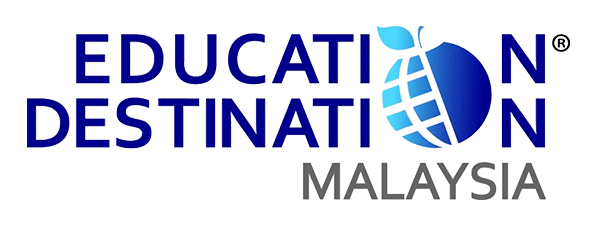








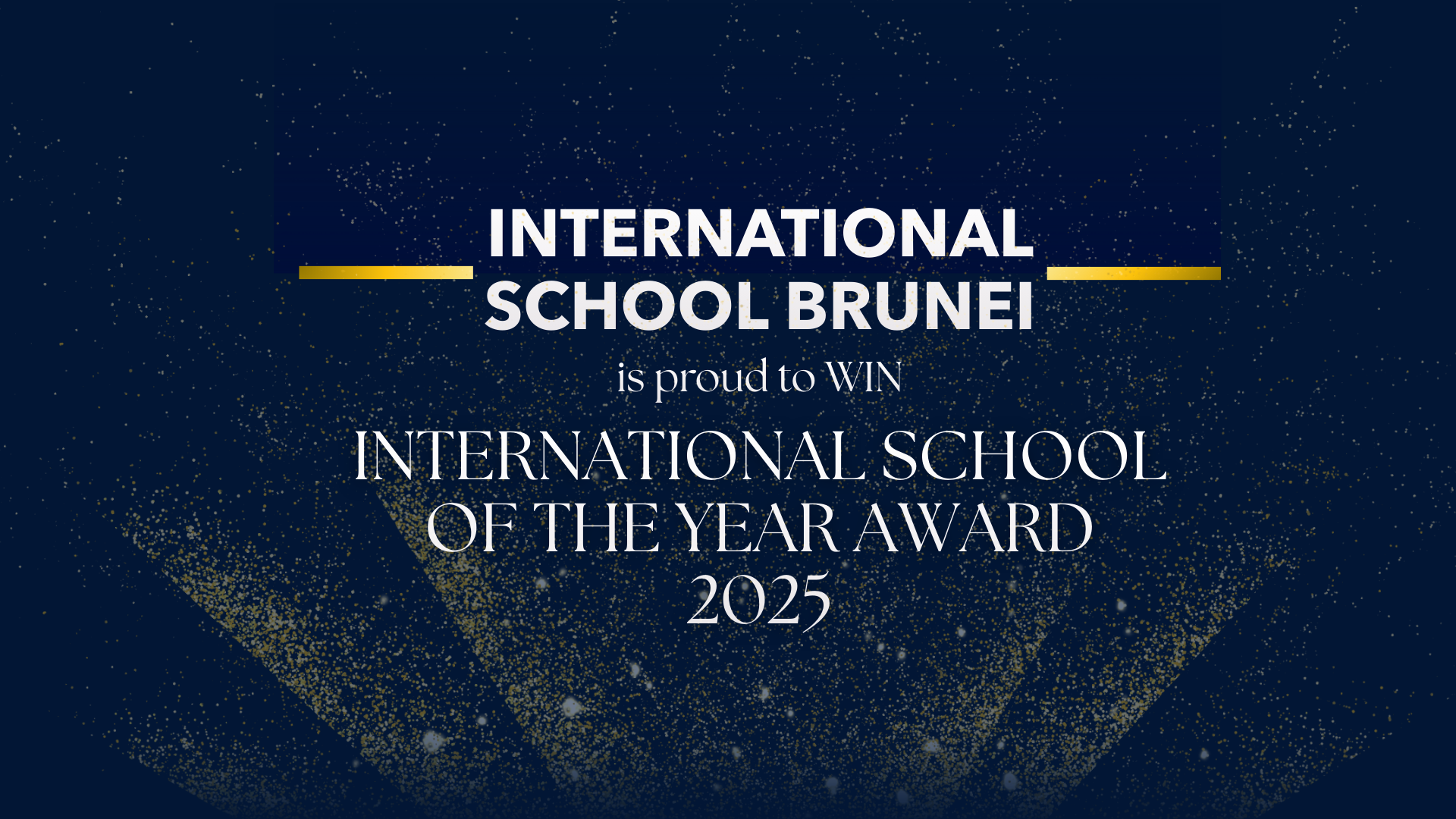
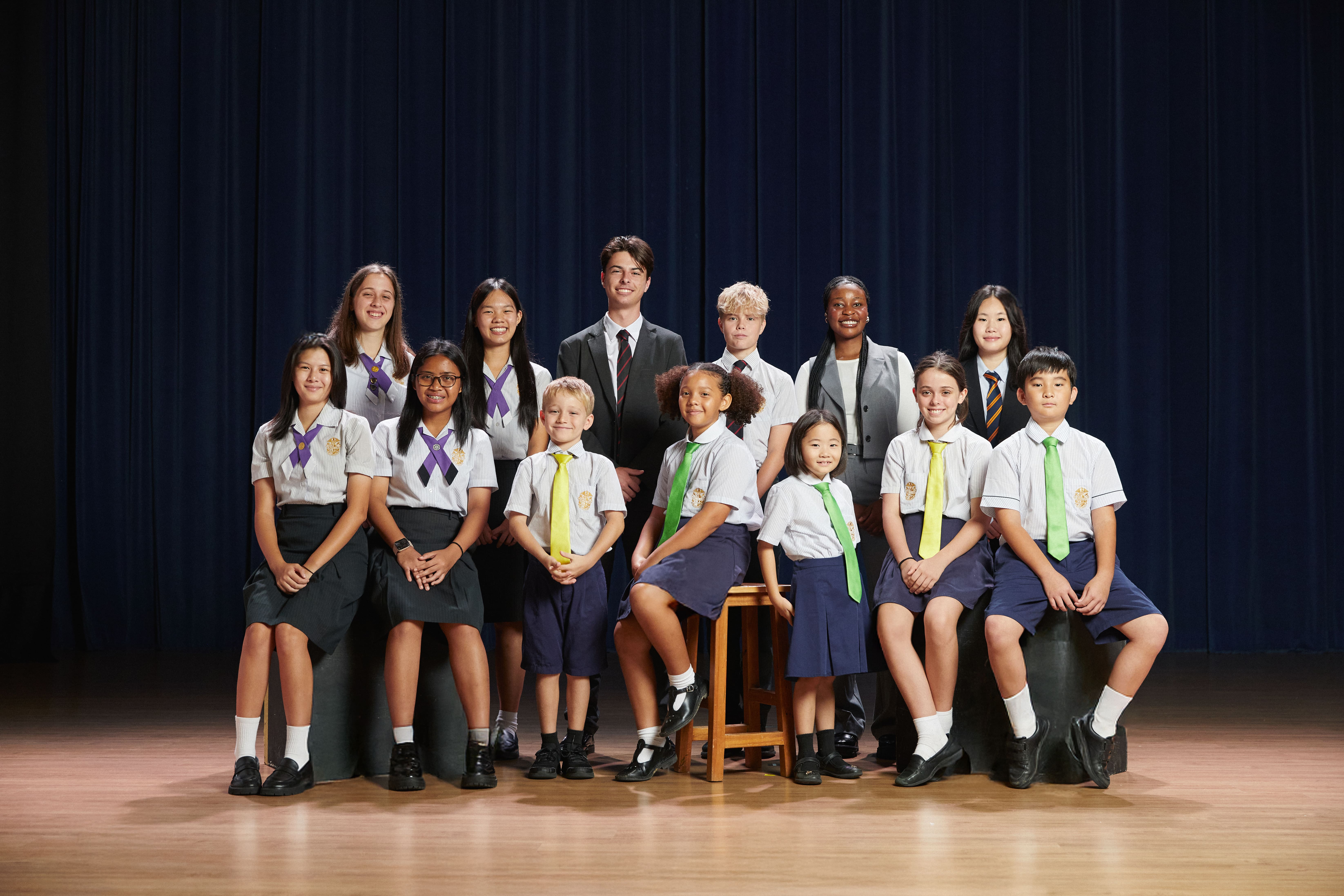
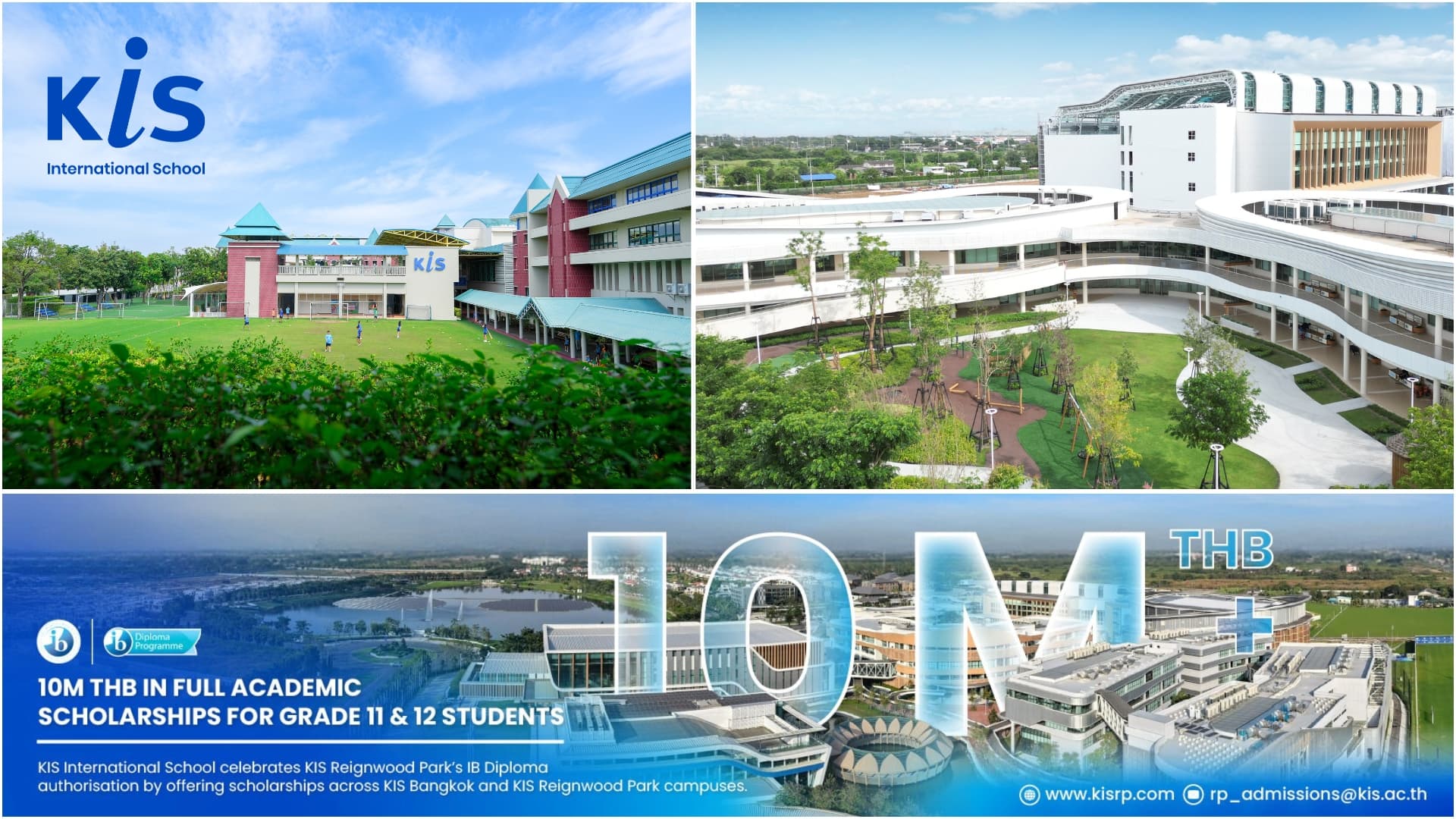
![[St. Joseph’s Institution International School Malaysia] The Lasallian Education Ethos for a Better Future - Gratitude and Giving](https://eda.sgp1.digitaloceanspaces.com/production/TfRAxzU6ATHvsmC0lblUPD8peQ36lt.jpeg)


